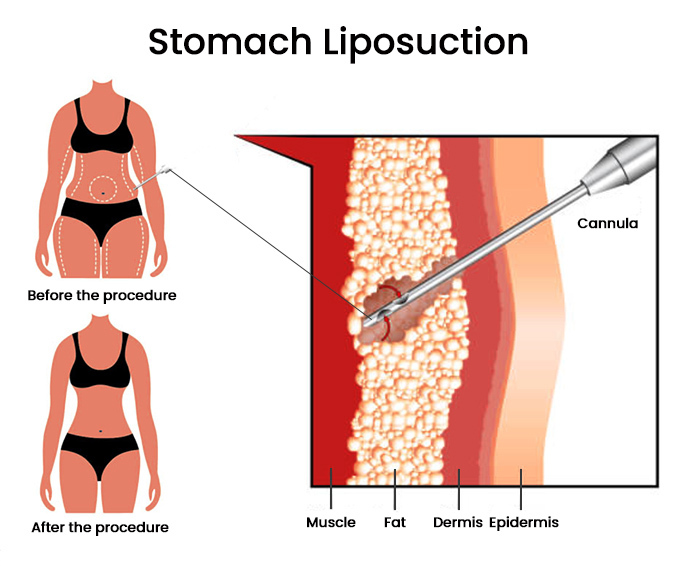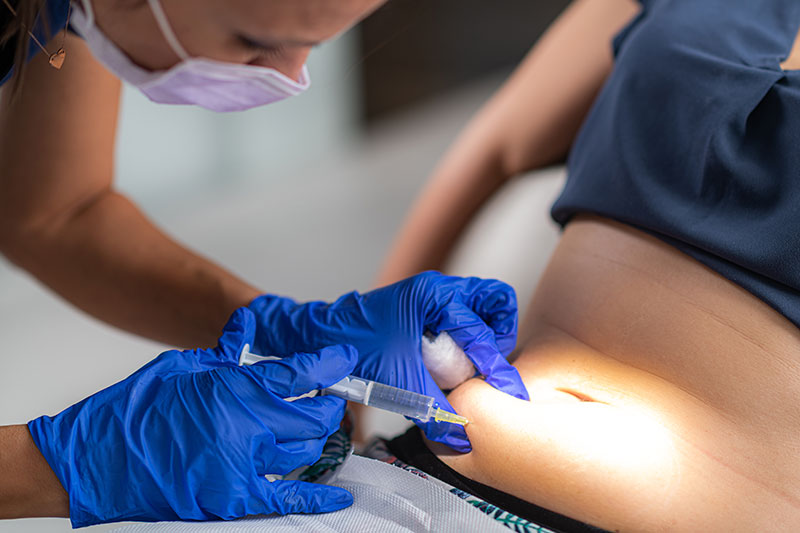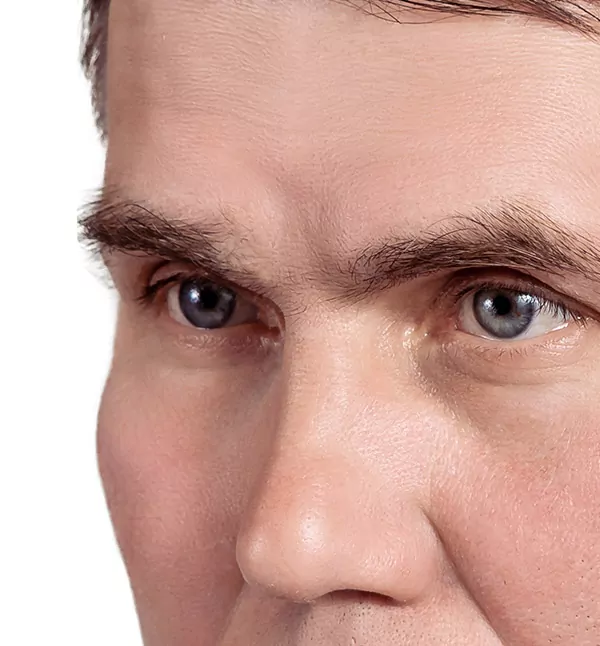
Liposuction
Liposuction is a widely recognized and popular cosmetic surgery that has gained incredible popularity over the years. By eliminating the stubborn fat deposits that cannot be taken care of through traditional means like exercise and dieting, liposuction has become the go-to solution for many people. If you are thinking of undergoing liposuction surgery, be prepared to reap a myriad of benefits. Liposuction not only eliminates the excess fat from your body but also boosts your self-confidence and enhances your overall appearance. And when you opt for liposuction surgery in Turkey, you not only get high-quality and state-of-the-art cosmetic treatments, but you also save significantly on costs. So, if you want to finally bid adieu to your stubborn belly fat, there is no better way to do it than with liposuction surgery in Turkey!
How much does it cost?
In Turkey, the typical cost of a liposuction procedure is between $1,500 and $6,000 USD per area. It’s vital to remember that these numbers are approximations

Liposuction is usually carried out under general anaesthetic, although an epidural anaesthetic may be used for liposuction on lower parts of the body.
The surgeon would mark on your body the area where fat is to be removed. They would then:
- inject this area with a solution containing anaesthetic and medicine, to reduce blood loss, bruising and swelling
- break up the fat cells using high-frequency vibrations, a weak laser pulse or a high-pressure water jet
- make a small incision (cut) and insert a suction tube attached to a vacuum machine (several cuts may need to be made if the area is large)
- move the suction tube back and forth to loosen the fat and suck it out
- drain any excess fluid and blood
- stitch up and bandage the treated area
This usually takes 1 to 3 hours. Most people need to stay in hospital overnight.
Afterwards
After the procedure, you’d be fitted with an elasticated support corset or compression bandages. This helps to reduce swelling and bruising, and should be worn constantly for several weeks after the operation.
You may need to take antibiotics straight after the procedure to reduce the risk of infection. Most people also take mild painkillers to ease any pain and swelling.
Recovery
If you had a general anaesthetic, someone would need to drive you home and stay with you for the first 24 hours.
How long it will be before you are able to return to work will depend on a number of factors, such as the type of job that you do and how much of your body was treated.
The same will apply to how long it will be before you are able to drive. You should discuss this with your surgeon.
The bandage or corset can be taken off while you shower.
You will need to avoid strenuous activity for up to 4 to 6 weeks (but walking and general movement should be fine).
The results of the procedure are not always noticeable until the swelling has gone down. It can take up to 6 months for the area to settle completely.
After about a week: Stitches would be removed (unless you had dissolvable stitches).
At 4 to 6 weeks: You should be able to resume any contact sports or strenuous activities you’d normally do.
Side effects to expect
It’s common after liposuction to have:
- bruising and swelling, which may last up to 6 months
- numbness, which should go away in 6 to 8 weeks
- scars
- inflammation of the treated area, or the veins underneath
- fluid coming from the cuts
- swollen ankles (if the legs or ankles are treated)
What could go wrong
Liposuction can occasionally result in:
- lumpy and uneven results
- bleeding under the skin (haematoma)
- persistent numbness that can last for months
- changes in skin colour in the treated area
- a build-up of fluid in the lungs (pulmonary oedema) from the fluid injected into the body
- a blood clot in the lungs (pulmonary embolism)
- damage to internal organs during the procedure
Any type of operation also carries a small risk of:
- excessive bleeding
- developing a blood clot in a vein
- infection
- an allergic reaction to the anaesthetic
The surgeon should explain how likely these risks and complications are, and how they would be treated if they occurred.






